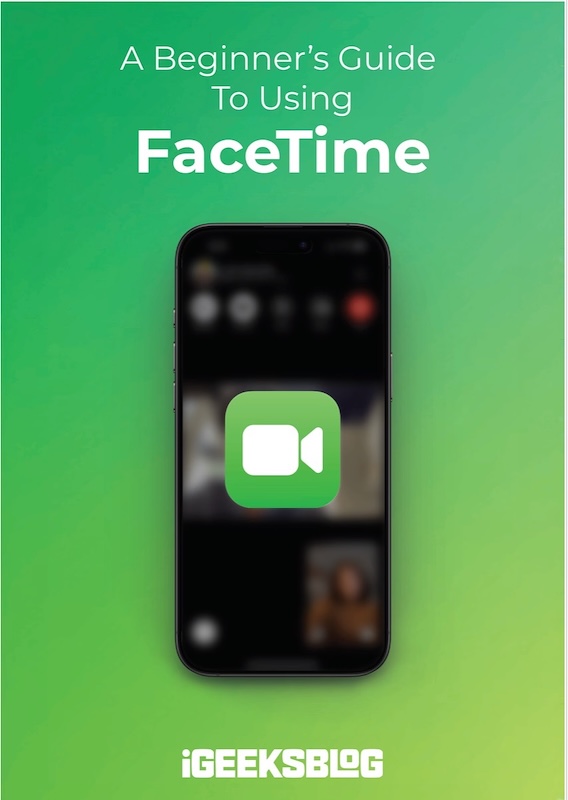
FaceTime Like a Pro
Get our exclusive Ultimate FaceTime Guide 📚 — absolutely FREE when you sign up for our newsletter below.

FaceTime Like a Pro
Get our exclusive Ultimate FaceTime Guide 📚 — absolutely FREE when you sign up for our newsletter below.
Apple's custom C1 modem debuted in the iPhone 16e, offering faster 5G and improved efficiency. But why haven’t more devices adopted it? Here's what we know.
Beyond the compact design, one of the standout features of the iPhone 16e is its all-new C1 cellular modem. It marks Apple’s first in-house 5G modem, a milestone in the company’s long-standing ambition to own every layer of its hardware stack.
But here’s the real question: Why aren’t more Apple devices using it yet?
Apple had relied on Qualcomm for 5G chips for years, but not without friction. Rising costs and Apple’s desire for tighter hardware-software integration made building its own modem inevitable.
Enter the C1 modem—a major technical and strategic win for Apple. It brings tangible advantages like:
Despite the benefits, Apple hasn’t expanded C1 to its latest devices. New models like the M3 iPad Air, A16 iPad, and M4 MacBook Air still rely on other modems—or skip cellular entirely, as in the case of Macs.
Even the upcoming iPhone 17 series won’t fully adopt the C1 modem. Reports suggest that most variants—iPhone 17, 17 Pro, and 17 Pro Max—will still use Qualcomm chips.
So, what’s the exception? Meet the iPhone 17 Air—Apple’s ultra-slim replacement for the iPhone Plus series. Slated for a fall 2025 launch, this device will feature the C1 modem, making it only the second iPhone after the 16e to do so.
Why this model? Its slim profile raises concerns about battery life, and the C1 modem’s power efficiency directly addresses that issue. It’s a strategic match made in Cupertino.
Apple is still bound by contracts with Qualcomm, which likely limits how quickly it can scale its own modem across the product lineup. Moreover, testing the C1 in select devices gives Apple room to improve and iterate before a full-scale rollout.
If the iPhone 17 Air performs well, the iPhone 18 lineup may debut a C2 modem that replaces Qualcomm chips entirely.
Would you want your next iPhone to include Apple’s custom modem? Drop your thoughts in the comments.
Related articles worth reading: